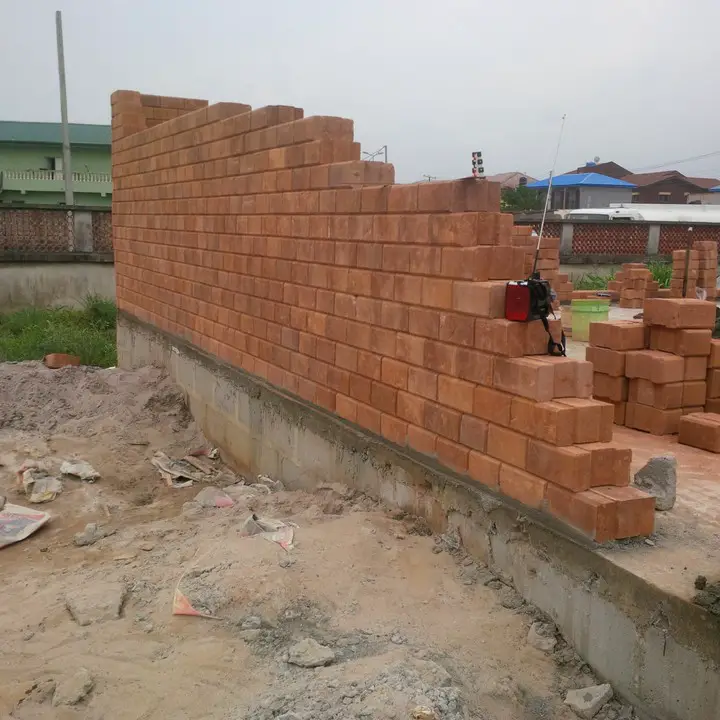What Is Easement In Construction? How Does An Easement Work?
What Is Easement In Construction?
Easement in construction is a legal right that one party has to use the land of another party for a specific purpose such as access to a public road. Easements can be created by agreement between two parties or they can be established by deed, will or court judgment.
Easements provide the holder of the easement with certain rights over the underlying property which would otherwise not exist. Examples of common easements include right-of-way, utility access and drainage rights for neighboring properties.
These rights remain in place until either terminated by mutual agreement between the parties involved or extinguished by applicable law.
Easements are normally attached to the land rather than to a person and can be considered to last in perpetuity. Common examples of easements include rights of way, the right to light, underground services passing beneath neighbouring property, the right of support, and drawing water.
Easements can be created by an express grant such as through a conveyance deed or transfer deed, necessity if there is only one means of access between a site and public highway, or by prescription if it has been repeated for at least twenty years.
They can also be extinguished with the agreement between parties by means of a deed or through implied release if it has not been used for an extended period.
How Does An Easement Work?
Having an easement on your property gives the holder the legal right to access it within certain conditions. For instance, utility companies commonly hold easements so they can access power lines or cables on your land if needed.
Furthermore, if you have an easement on somebody else’s property, you are entitled to use it to go to and from your own home. All of this is governed by the guidelines set out in the initial agreement.
Should I Walk Away From A Property With Easements?
In most cases, there’s no need to be alarmed by easements. In fact, they can often bring practical benefits both to you and the utility company. Easements may sometimes be created for the good of the neighborhood like providing children a safe route to school.
It’s best to always start your home buying journey with a preapproval and finish it with a property title search.
This will give you useful insight into what type of easements exist and their implications for your real estate. Doing your research is key in making sure you have all the necessary details before committing.


